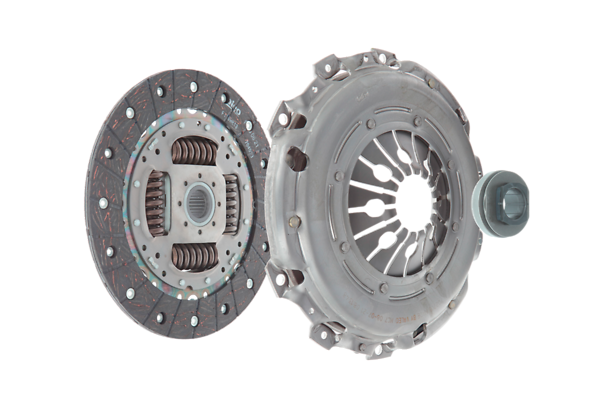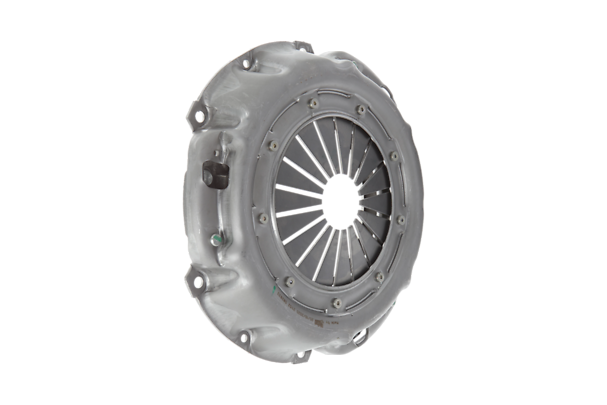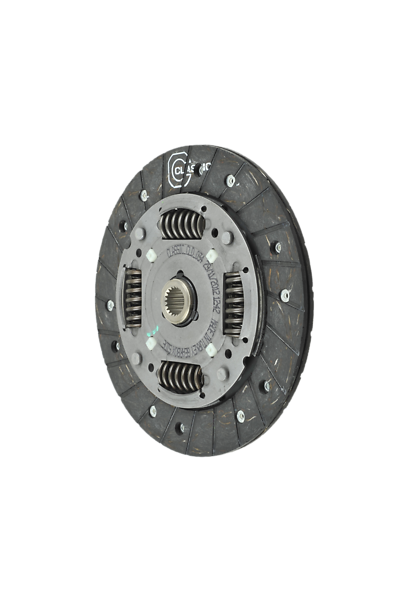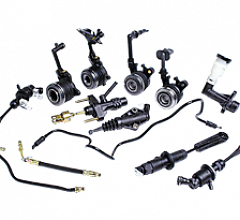Valeo Car Clutch Master Cylinders

What is the Clutch Master Cylinder?
The clutch master cylinder (CMC) is a component of car clutch systems, specifically semi- and fully-hydraulic clutch systems.
It transmits the pressure from the clutch pedal to the clutch itself, allowing the driver to engage the clutch and change gears.
Advantages of Clutch Master Cylinders
Manufacturer requirements have driven the need for hydraulic systems for clutches, which remove the requirement for a straight cable line between the pedal and lever.
This design saves space while Improving flexibility and reliability. Other benefits are also driving the adoption of hydraulic systems.
Hydraulic systems improve driver comfort thanks to optimal and constant pedal effort. In addition, hydraulic clutches reduce weight by up to 70% compared to standard clutch systems.
This benefit is the primary reason hydraulic clutches are easier to implement on OE projects.
How Does the Clutch Master Cylinder Work?
The Clutch Master Cylinder’s function is to transfer the clutch pedal movement to the clutch via hydraulic fluid.
The CMC is connected to a plastic or metal tank filled with hydraulic fluid, and this fluid reservoir tank is sometimes shared with the brake master cylinders.
Hydraulic clutch release systems follow the same principle as hydraulic brakes, with a transmitter connecting to a receiver via a hose.
The semi-hydraulic system includes a clutch release cylinder as the receiver, whereas a fully-hydraulic system uses a clutch slave cylinder.
The CMC acts as a transmitter in the hydraulic system, sending the driver input to the clutch via the clutch release cylinder (in semi-hydraulic systems) or the concentric slave cylinder (fully-hydraulic systems.)
The Clutch Master Cylinder is composed of:
- A Body (made of aluminium or plastic.)
- A Piston (made of anodized aluminium.)
- A primary seal (to isolate the reservoir from the hydraulic chamber.)
- A secondary seal (to isolate the low-pressure reservoir chamber from its environment.)
- A push rod (to connect the CMC to the pedal.)
- A low-pressure nozzle (connecting the CMC to the reservoir.)
- A high-pressure nozzle (connecting the CMC to the high-pressure pipe and the receiver.)
Where is the Clutch Master Cylinder Located?
The CMC is located directly behind the clutch pedal. It is connected to the rest of the clutch (either a concentric release cylinder or a concentric slave cylinder) by a hydraulic hose.
Clutch Master Cylinders and New Electronic Systems
The new generation of clutch master cylinder with a sensor is commonly used on applications equipped with electronic hand brake, cruise control, or start & stop functions.
A sensor with reduced dimensions (down to 15mm) is attached to the CMC body and the piston contains a magnet.
The magnetic field enables the sensor to detect the linear position of the piston and thus identify the pedal position.
This new technology applies to the new Peugeot 308, Fiat Ducato, Opel Corsa, Nissan Qashqai, and Renault Clio.
Valeo Clutch Master Cylinders
The current Valeo CMC range is composed of over 1,000 part numbers. Visit the Tech@ssist portal to find a specific part by model, VIN, or part number.
Top products
804829 - FIAT Ducato
804917 - Peugeot 308, FIAT Doblo
804809 - Nissan Qashqai








